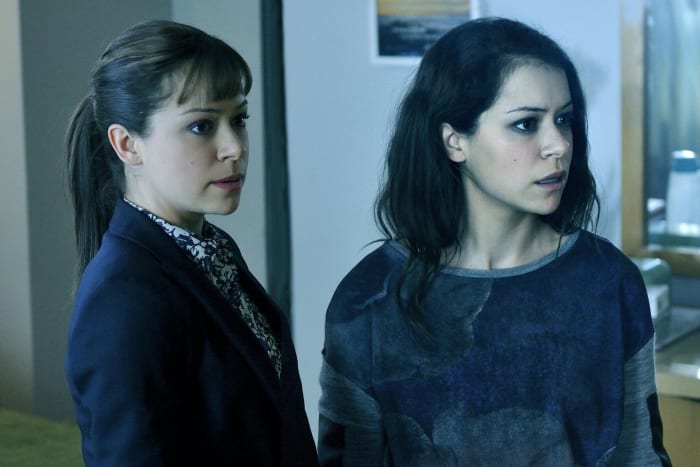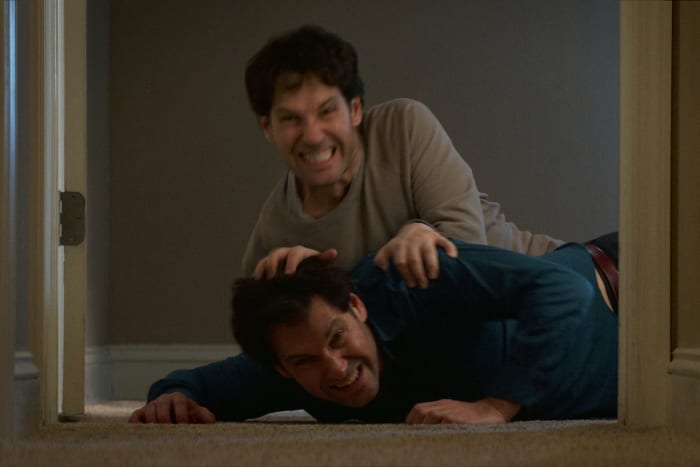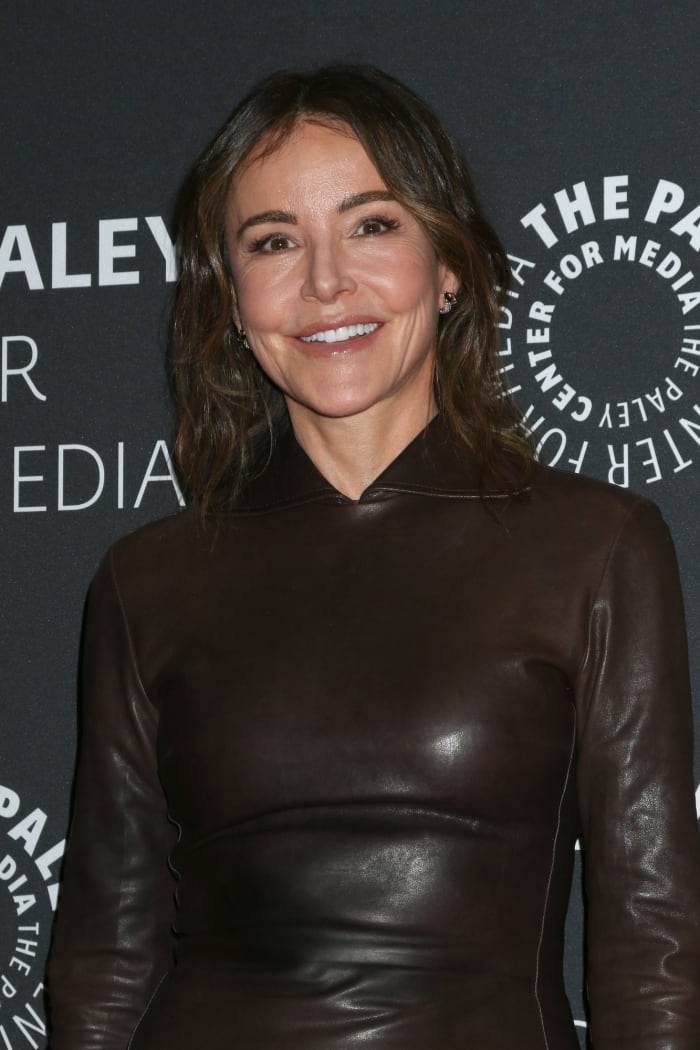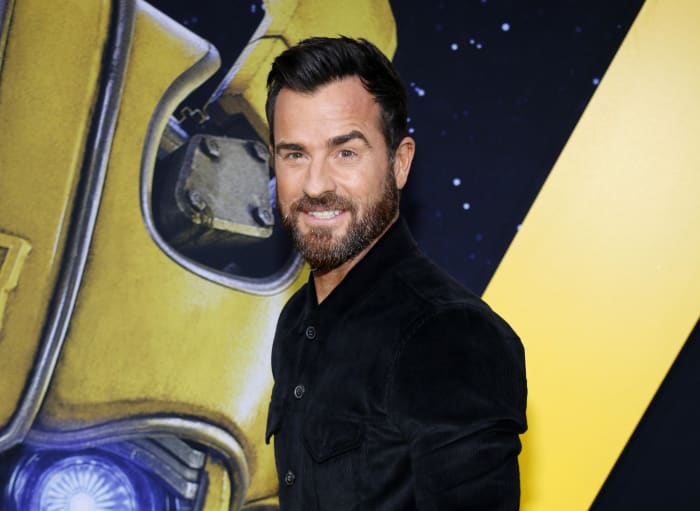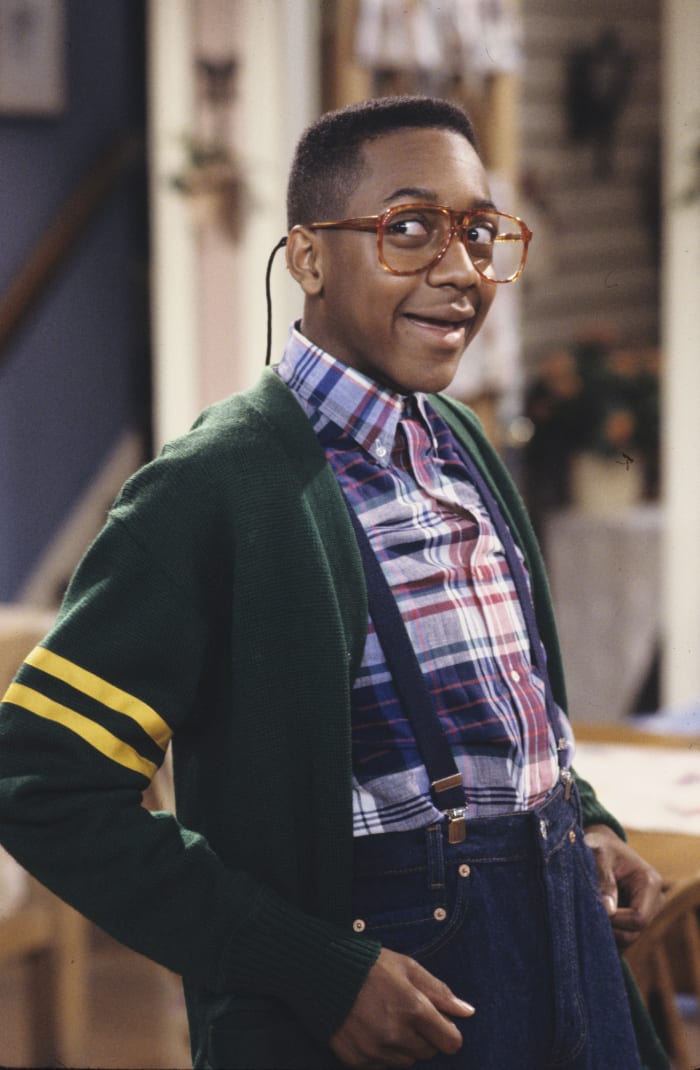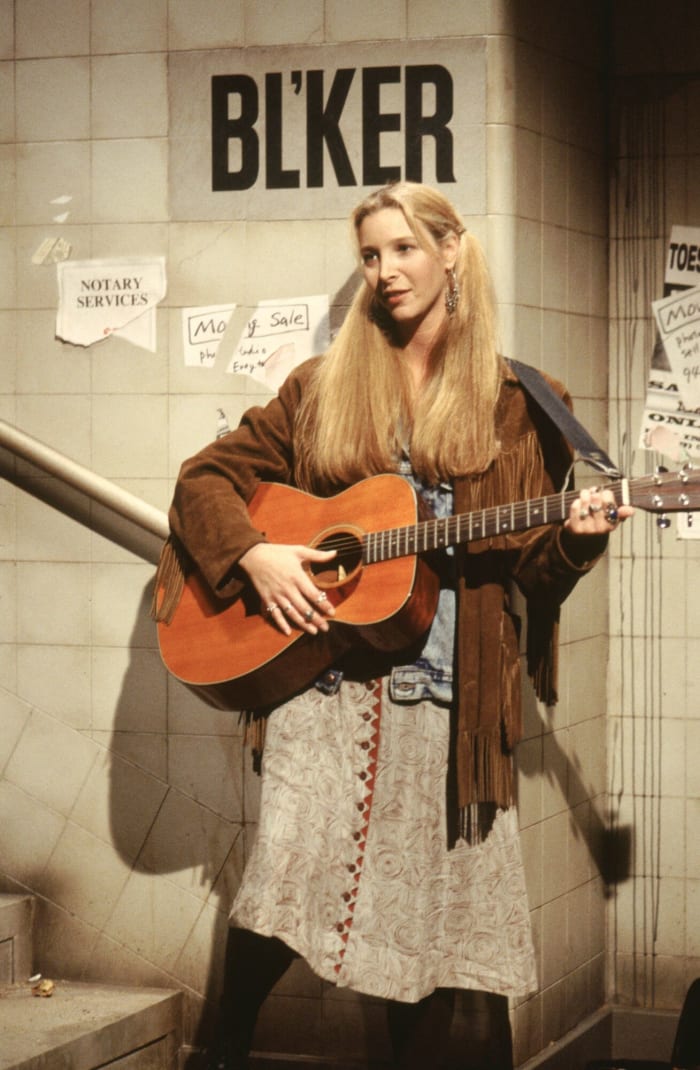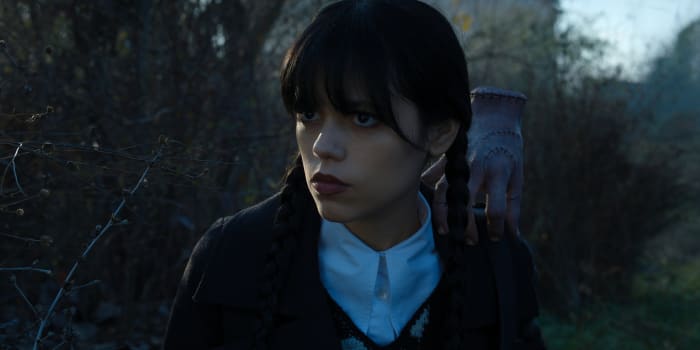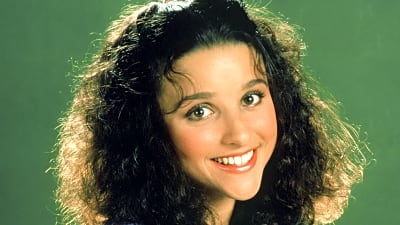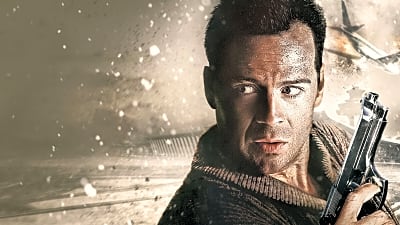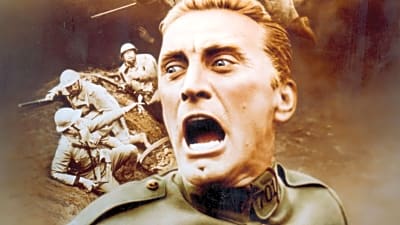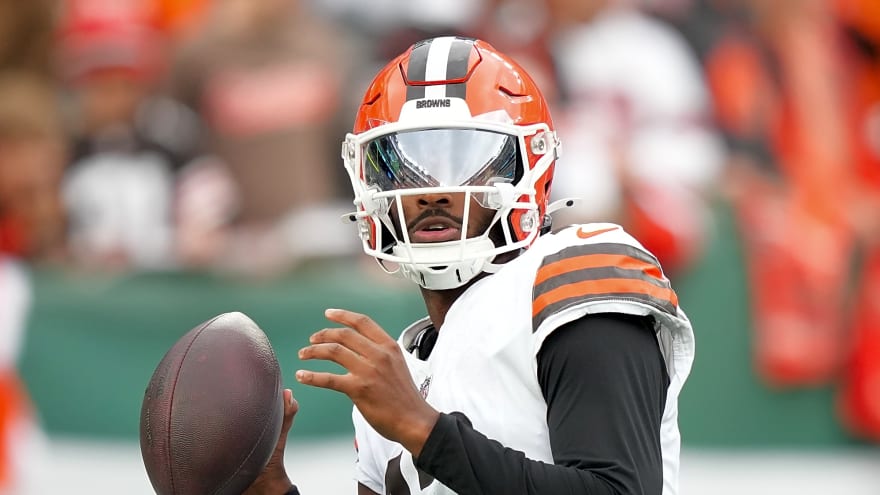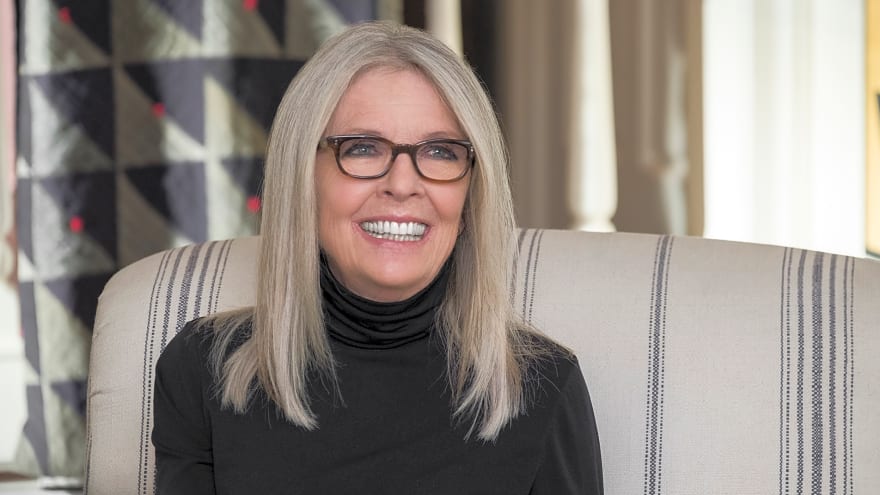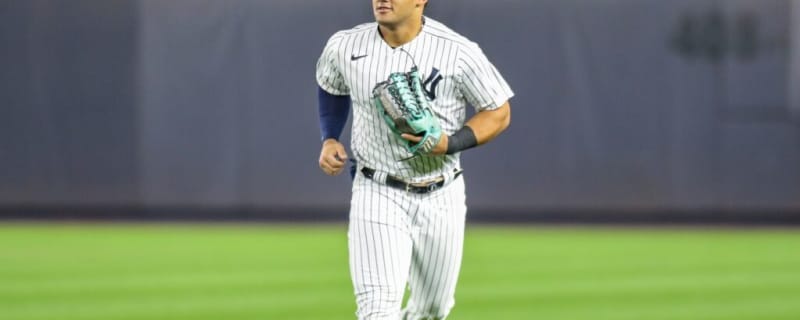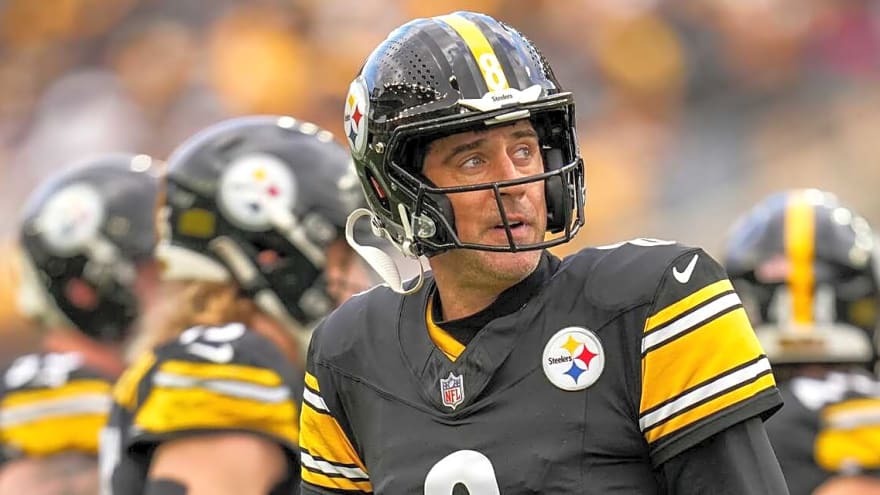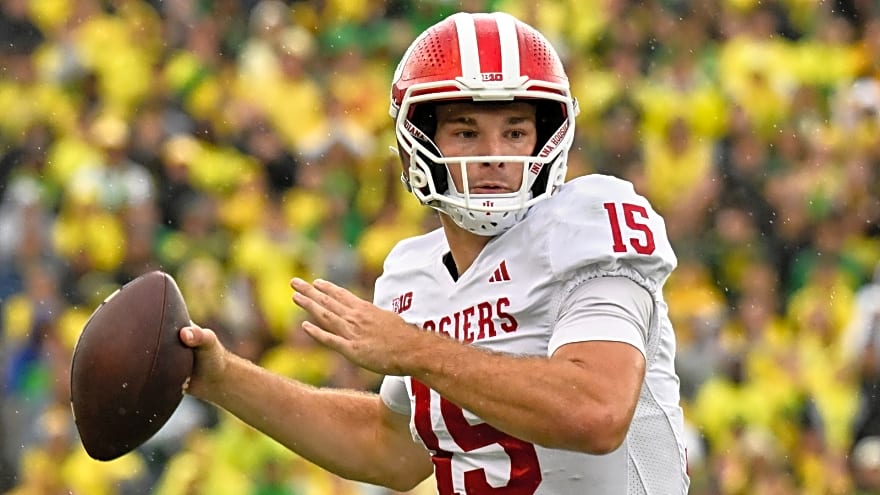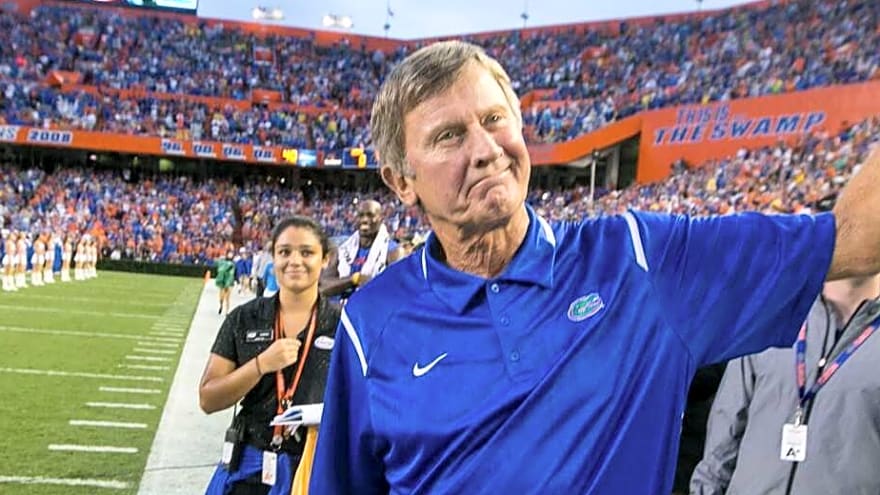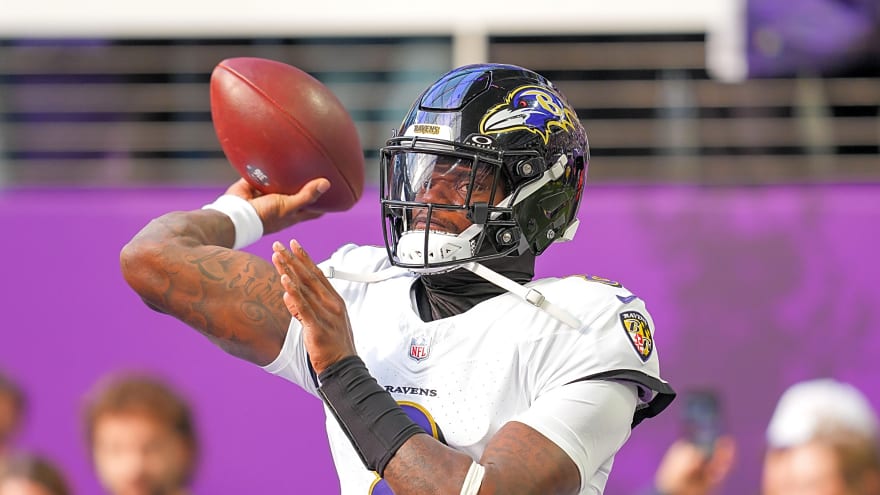
20 TV actors who had more than one role on a hit show
These actors are so good they played multiple characters instead of just one.
More must-reads:
- 20 accidental TV filming mishaps that were left in the final cut
- 20 iconic TV duos who were even better when they finally got together
- 20 TV actors who had more than one role on a hit show
- 25 iconic TV characters who joined a show well into its run
- 20 TV shows that suddenly switched premises
Breaking News
Trending in Entertainment
Customize Your Newsletter
 +
+
Get the latest news and rumors, customized to your favorite sports and teams. Emailed daily. Always free!
TODAY'S BEST
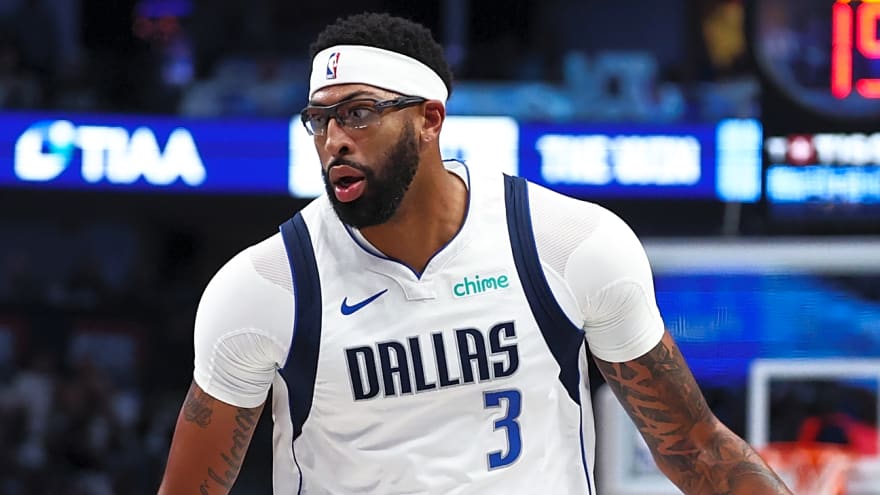
Mavericks' Mark Cuban sends strong message on Anthony Davis, but he should change his tune
The Dallas Mavericks still believe they can make it work with forward Anthony Davis. Entering Wednesday, the Mavericks (4-11) were 13th in the Western Conference and had lost eight of their past 10 games. Amid the slow start, a report surfaced that the team would explore trading Davis. However, minority owner Mark Cuban shut down that rumor. Mark Cuban says the Mavericks aren't trading Anthony Davis "We won't. We want to try to win," Cuban said Wednesday in an email when asked if the Mavericks would trade Davis, via The Athletic's Joe Vardon. A healthy Davis would help Dallas win more games. In 14 seasons, the No. 1 pick of the 2012 NBA Draft has made 10 All-Star Games and won a championship. In five games this season, the 32-year-old veteran has averaged 20.8 PPG on an above-average 52% shooting from the field and recorded 10.2 rebounds per game and 1.2 blocks per game. The problem, though, is that Davis is injury-prone. He has played in 75 regular-season games or more three times in his career. Since acquiring him in a blockbuster trade with the Los Angeles Lakers last season, the oft-injured Davis has played in just 14 games for the Mavericks. He hasn't played since Oct. 29 because of a left calf strain, which will be re-evaluated in seven to 10 days, per the team. Even when he has been playing, the Mavericks have still stunk. Dallas has a 2-3 record with Davis in the lineup. Davis was supposed to form a tandem with star guard Kyrie Irving that would keep the Mavericks in championship contention. That vision may not become a reality. Irving is still recovering from an ACL tear he suffered in March. While he's making progress, it's unclear if/when the 33-year-old star will return this season. Cuban sending the email is his way of reestablishing his authority within the organization. He's acting as an "adviser" to majority owner Patrick Dumont, who fired general manager Nico Harrison on Nov. 11. The unpopular former GM, of course, sent star guard Luka Doncic to the Lakers for Davis. Cuban helped the Mavericks make 18 playoff appearances and win one title before selling his majority stake in 2023. So, he certainly feels responsible for Dallas' lackluster product on the court. But the responsible thing would be admitting it may be time to trade Davis. The Mavericks aren't winning a title even if he stays healthy, which seems unlikely. And it would be wise to stockpile draft capital to build around rookie forward Cooper Flagg, the No. 1 pick of the 2025 draft.

Michael Penix Jr.'s partially torn ACL complicates Falcons' future
The Atlanta Falcons' once bright future has turned sour. On Wednesday, reports confirmed that second-year quarterback Michael Penix Jr. suffered a partially torn ACL, requiring surgery that will have him out until mid-August 2026. Without a training camp or full preseason, Penix's status for the start of the 2026 season is in doubt. Michael Penix Jr.'s injury update complicates Falcons' future When controversially selecting Penix at No. 8 overall in the 2024 NFL Draft, one month after signing Kirk Cousins to a contract worth $180 million ($100M guaranteed), Falcons general manager Terry Fontenot reasoned that it would provide stability once Cousins eventually moved on after years spent trying to find former longtime starter Matt Ryan's replacement. Instead, Atlanta is still without a legitimate franchise quarterback. And absent what's trending toward becoming a top-10 first-round pick after a misguided 2025 draft-day trade with the Los Angeles Rams, the Falcons won't have many good options to improve at the position this offseason. Penix's injury could put the team in a difficult spot next offseason, when Atlanta must decide whether to pick up his 2028 fifth-year option. The 2023 Heisman finalist may only qualify for the basic amount, which is projected to be $22.933M for the 2023 first-round quarterback class. That number would rise for the 2024 class, and that's a considerable amount for a player who hasn't proved to be worth that much. (h/t Over the Cap) In 12 career starts, Penix is 224-of-376 (59.6 percent) for 2,719 yards, 12 touchdowns and six interceptions. Penix will need to show a lot next year, coming off reconstructive knee surgery, to solidify himself as part of Atlanta's future plans. That doesn't bode well for him or the Falcons, who have several outstanding contract situations to resolve. Tight end Kyle Pitts, the No. 4 overall pick of the 2021 NFL Draft, is on an expiring deal. He's been a huge disappointment, but the Falcons don't have a viable replacement behind him. Wideout Drake London is set to play on his fifth-year rookie option next season and would be a holdout candidate if he's unable to work out a long-term deal. Two-time second-team All-Pro safety Jessie Bates III is also set to play on an expiring deal and should request an extension before taking the field next year. Owner Arthur Blank must determine how much money is worth putting into a team that might be a season or two away from contending, possibly leading to difficult conversations. Players like London, Bates and running back Bijan Robinson, who will be in his fourth NFL season in 2026, would command massive returns on the trade market. As talented as the three are, they're being wasted in Atlanta, which has nothing to show for their contributions. With Penix set for a long recovery timeline, things are unlikely to improve much next season, setting the trio up for another year compiling meaningless stats. The Falcons will eventually have to make decisions on all of their young stars, including Penix. His season-ending injury gives them fewer data points to make an informed call while also stalling his development. A season that began with hope has slowly morphed into another nightmare for Atlanta. It could be a while before the Falcons wake.

Scout shares take on why Vikings' J.J. McCarthy has struggled with accuracy this season
Second-year Minnesota Vikings quarterback J.J. McCarthy has mostly played like a work in progress when healthy and on the field this fall. For a piece published on Wednesday, ESPN NFL insider Dan Graziano pointed out that McCarthy is "obviously missing too many throws" at this stage of his development. Graziano spoke with an unnamed "scout with another team" to learn more about McCarthy's struggles. Are Vikings panicking about J.J. McCarthy? "McCarthy's throwing at only one speed -- all fastballs -- and attributed that to trying to be the hero in a situation where he knows his team is counting on him to help it win," Graziano said about his chat with the scout. "The general sense I get from inside the Vikings' building and out is that he just needs time and reps." The Vikings made McCarthy a first-round draft pick in the spring of 2024, but he then spent his entire rookie season recovering from a full meniscus repair. More recently, what became a lingering ankle injury limited McCarthy to just five starts over Minnesota's first 10 games of the ongoing campaign. According to Pro Football Reference, McCarthy began Wednesday ranked last in the league among qualified players with a 52.9 percent completion percentage, a 26.6 adjusted QBR and a 61.7 passer rating for the season. Nevertheless, ESPN's Jeremy Fowler said in Wednesday's article that the Vikings really have "no choice" but to stick with McCarthy over undrafted free agent Max Brosmer. Veteran Carson Wentz previously started when McCarthy was sidelined with the ankle issue, but Wentz has since had season-ending shoulder surgery. What Vikings like about J.J. McCarthy amid struggles "The accuracy is a concern," Fowler added about McCarthy. "There's no hiding from that. Balls are sailing, and that affects the entire offense. McCarthy needs to hit the layups. The Vikings will be working to help him find more consistency as a thrower. From a developmental standpoint, the team still believes in his work ethic and skill set." For what it's worth, McCarthy tossed a go-ahead touchdown pass versus the Chicago Bears with under a minute to play in this past Sunday's matchup between the clubs. He then could only watch as Chicago's Cairo Santos kicked a walk-off game-winning field goal. 4-6 Minnesota next plays at the rival Green Bay Packers (6-3-1) this coming Sunday. As of Wednesday morning, ESPN BET had the Vikings as 6.5-point underdogs for that game.

One coach makes sense for LSU if Lane Kiffin doesn't flip to Tigers
The LSU Tigers are serious about their pursuit of current Ole Miss head coach Lane Kiffin. It makes sense, too. Sure, Kiffin has had some ups and downs (to put it lightly) as a college football coach, but he's been great at Ole Miss since 2020, and he currently has the Rebels at 10-1 and in the running to make a huge run through the College Football Playoff. He's comfortable with SEC football, and he's known as a great recruiter. Those are all things that would make Kiffin a big-time hire for the Tigers as they look to replace Brian Kelly, but they're not the only program in the running. Ole Miss would, obviously, like Kiffin to stay, and the Florida Gators are turning on the full-court press for him as well. LSU would be smart to have options 1A and 1B if Kiffin doesn't end up coming to Baton Rouge, and according to Scott Rabalais of NOLA.com, the Tigers do have two names in mind. "If not Kiffin — and obviously he could go any number of ways — then who for LSU? Two of the names to consider right now appear to be Missouri coach Eli Drinkwitz and Tulane coach Jon Sumrall," Rabalais reported earlier in the week. Tulane head coach Jon Sumrall could be a perfect fit for LSU Tigers Eli Drinkwitz of Missouri would be a great option. He's gone 44-27 in six seasons with the Tigers from Columbia, Missouri. The issue with him is somewhat similar to what plagued Kelly at LSU, though, and it's something that led to Penn State firing James Franklin — now the head coach at Virginia Tech. Drinkwitz has kept Mizzou very competitive in the SEC, but he has struggled in big spots. He is 7-14 against ranked teams. LSU could get that kind of production, or lack thereof, from Kelly, which then makes Jon Sumrall from Tulane the next option to look at. Frankly, he may be the best one of the bunch for LSU, and even better of a fit than Kiffin. One of the big problems with Kelly at LSU is that he never fit into the Louisiana culture. A Massachusetts native, he was always seen as an outsider and never tried to change that. Sumrall wasn't born in Louisiana, but he does hail from Texarkana, Texas, which is roughly five hours north of Baton Rouge. He was a linebacker at Kentucky from 2002 to 2004, so he understands SEC football, but most importantly for LSU, he understands life in Louisiana as the head coach at Tulane. He's now in his second season with the Green Wave, but he was also the co-defensive coordinator at Tulane from 2012 to 2014, so he has a lot of experience working and recruiting within the state. Throw in the fact that he's only 43 years old (thus, he really has no baggage as a head coach), and he has No. 24 Tulane in the hunt in the American Athletic Conference as well as in the hunt for a spot in the CFP, and there are few scenarios in which Sumrall wouldn't be a home run hire for LSU. Again, he may even be a better option than Kiffin, though it does sound like LSU wants to bark up that tree first before looking elsewhere.
